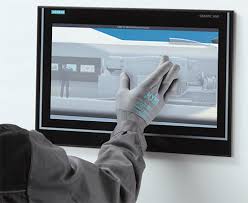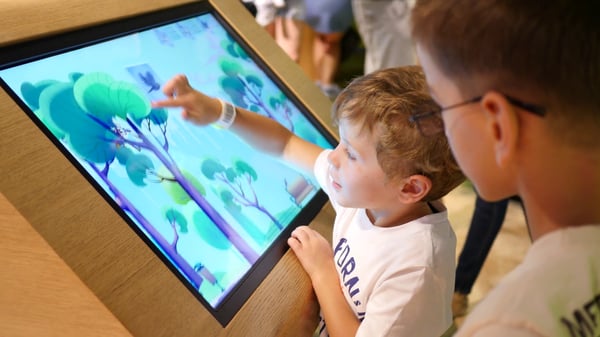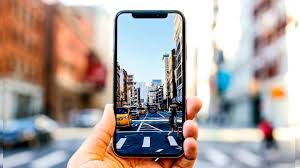The difference between Touch Screens you can't resist to learn more about!
Your smartphone’s screen lets you easily tap or swipe icons, pinch or zoom images. This capacitive Touch Screen is incredibly clear and responsive! Now think about the office printer. Remember that you need to push down on the Touch Screen’s “Copy” icon with a good bit of pressure. Since this is a resistive Touch Screen, you can't swipe or pinch the printer’s icons. In a nutshell, this describes some of the differences between resistive and capacitive Touch Screens.
Resistive vs. capacitive: Which is best for your application?
As with any technology, there are pros and cons for resistive and capacitive Touch Screens. To help you choose the right technology for your project, we’ve compiled the following “Touch Screen Comparison Chart: Resistive vs. Capacitive.”

|
Touch Screen Comparison Chart: Resistive vs. Capacitive |
||
|
|
Resistive Touch Screens |
Capacitive Touch Screens |
|
How the technology works |
Resistive Touch Screens have a conductive bottom layer of glass or film and a conductive top film layer, separated by transparent spacer dots. Voltage is applied to the conductive surface. When pressure is applied to the top layer, it is deflected and makes contact with the bottom layer, which results in a voltage change, which is detected by the controller. This is the preferred solution for low-cost applications.
|
Capacitive Touch Screen design has an all-glass construction with a greater than 9H surface hardness. A transparent conductive indium tin oxide (ITO) coating is distributed over both sides of the glass substrate. An electrode pattern is printed around the perimeter of the glass to generate an alternating current over the top conductive layer. The touch of a conductive probe draws the current to the specific point of contact. The controller then calculates the location of the touch.
|
|
Touch points |
Single touch only; does not support multi-touch or gestures
|
Supports multi-touch and gestures such as tap, swipe, pinch, zoom
|
|
Sensitivity |
This Touch Screen requires pressure (you must push down on an icon, not simply touch it)
|
Highly touch sensitive; this Touch Screen can sense the proximity of a finger or specialized stylus
|
|
Clarity |
Contrast, clarity, and screen brightness is very good but not as crisp and clear as capacitive due to the air gap and multiple layers
|
Enhanced optical clarity with a bright and sharp display |
|
Touch object |
Activation by finger, gloved hand, or stylus (no specialized stylus required)
|
Activation requires conductive materials such as a bare finger or capacitive stylus (specialized stylus with conductive tip)
|
|
Sensitivity to environmental factors |
Excellent durability: Higher resistance to dust, chemical cleaners, and the elements (e.g., rain and snow) due to being sealed; good resistance to scratches, however, a severely scratched screen will impede performance
|
High durability: Less resistant to dust, chemical cleaners, and the elements (e.g., rain and snow); highly resistant to scratches due to the greater than 9H surface hardness
|
|
Power requirements |
Lower power requirements |
Higher power requirements |
|
Example applications |
Industrial controls, handheld devices, ATM machines, office equipment, casino gaming machines, point-of-sale (POS) kiosks, medical devices and diagnostic equipment, etc.
|
Smartphones, handheld devices, simulation and training equipment, industrial / military / government controls
|
Still have questions? Contact NFI Corp for technical assistance.
We encourage you to discuss your project in detail with one of our technical designers or engineers. Our Touch Screen professionals are backed by years of hands-on experience. They’ll help you determine which technology is best for your application: resistive or capacitive.








